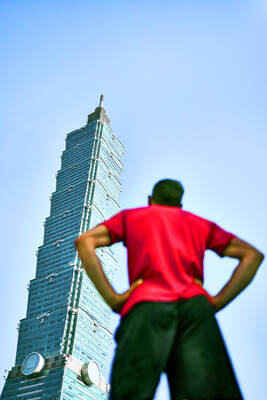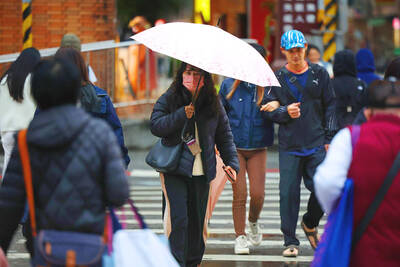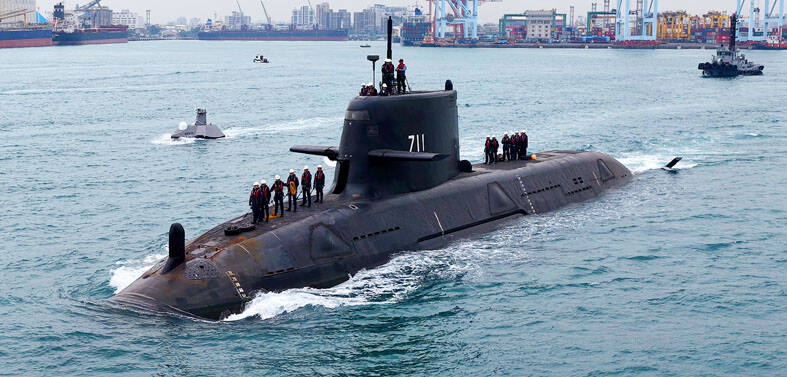The Mongolian and Tibetan Affairs Commission (MTAC) is making a 180-degree turn in its policy direction — from enhancing Taiwan’s relations with Mongolia and the Tibetan government-in-exile to promoting cross-strait exchanges.
“Little by little, MTAC has been pushing for exchanges [between Taiwan] and Mongolian and Tibetan regions in China,” MTAC chairman Kao Su-po (高思博) said at the commission’s lunar year-end press conference yesterday. “This year, we plan to invite doctors from [China’s] Inner Mongolia Autonomous Region to attend training lessons in Taiwan to enhance the skills of medical workers in the region.”
Besides training doctors in Inner Mongolia, Kao said MTAC would also provide help to Inner Mongolia in preventing disasters brought by sand storms, as well as promoting exchanges in culture, public health and trade between Taiwanese and Mongolians and Tibetans in China.
“We are the supporting agency in cross-strait exchanges,” he said.
Addressing the Cabinet’s plan to subsume MTAC into the Mainland Affairs Council in 2012, Kao said the change could help MTAC “find a proper place when dealing with Mongolian and Tibetan affairs” as far as the Constitution is concerned.
Former MTAC member Sue Wang (王時思), however, disagreed with the new policy direction.
“MTAC must remember that it is part of the government of an independent country and that China is also an independent country. It would be odd for the policy objective of a government agency in this country to interact with ethnic groups in another country,” Wang told the Taipei Times in a telephone interview. “Following the same logic, should we also set up special commissions for dealing with African-American affairs or Caucasian-American affairs?”
Although MTAC was created in 1928 — when the Republic of China (ROC) government was still the legitimate government of China — to deal with Mongolian and Tibetan affairs, the agency was turned into a supporting agency in foreign affairs under the Democratic Progressive Party (DPP) administration form 2000 to 2008, Wang said.
“As the ROC government used to regard Mongolia and Tibet as part of the ROC, both the Mongolian government and the Tibetan government-in-exile did not trust Taiwan. Mongolia even protested against the inclusion of Mongolia in the ROC map,” she said. “But during the DPP administration, the change in MTAC’s role helped Taiwan establish mutual trust with the Tibetan and Mongolian governments.”
In fact, MTAC may no longer consider the Tibetan government-in-exile a government at all.
Asked by the Taipei Times why MTAC would not accept the verification of authenticity of Green Books issued by the Tibetan government-in-exile for people who claim to be Tibetan refugees, Kao said the verification must come from “a proper government authority” and that the verification from “an exiled Tibetan organization” is not enough.
“This is just the opposite of what we used to do,” Wang said. “In the past, we would confirm the identity of a Tibetan refugee if the Tibetan government-in-exile could verify the person’s Tibetan refugee status.”

US climber Alex Honnold is to attempt to scale Taipei 101 without a rope and harness in a live Netflix special on Jan. 24, the streaming platform announced on Wednesday. Accounting for the time difference, the two-hour broadcast of Honnold’s climb, called Skyscraper Live, is to air on Jan. 23 in the US, Netflix said in a statement. Honnold, 40, was the first person ever to free solo climb the 900m El Capitan rock formation in Yosemite National Park — a feat that was recorded and later made into the 2018 documentary film Free Solo. Netflix previewed Skyscraper Live in October, after videos

NUMBERS IMBALANCE: More than 4 million Taiwanese have visited China this year, while only about half a million Chinese have visited here Beijing has yet to respond to Taiwan’s requests for negotiation over matters related to the recovery of cross-strait tourism, the Tourism Administration said yesterday. Taiwan’s tourism authority issued the statement after Chinese-language daily the China Times reported yesterday that the government’s policy of banning group tours to China does not stop Taiwanese from visiting the country. As of October, more than 4.2 million had traveled to China this year, exceeding last year. Beijing estimated the number of Taiwanese tourists in China could reach 4.5 million this year. By contrast, only 500,000 Chinese tourists are expected in Taiwan, the report said. The report

Temperatures are forecast to drop steadily as a continental cold air mass moves across Taiwan, with some areas also likely to see heavy rainfall, the Central Weather Administration (CWA) said. From today through early tomorrow, a cold air mass would keep temperatures low across central and northern Taiwan, and the eastern half of Taiwan proper, with isolated brief showers forecast along Keelung’s north coast, Taipei and New Taipei City’s mountainous areas and eastern Taiwan, it said. Lows of 11°C to 15°C are forecast in central and northern Taiwan, Yilan County, and the outlying Kinmen and Lienchiang (Matsu) counties, and 14°C to 17°C

STEERING FAILURE: The first boat of its class is experiencing teething issues as it readies for acceptance by the navy, according to a recent story about rudder failure The Hai Kun (海鯤), the nation’s first locally built submarine, allegedly suffered a total failure of stern hydraulic systems during the second round of sea acceptance trials on June 26, and sailors were forced to manually operate the X-rudder to turn the submarine and return to port, news Web site Mirror Daily reported yesterday. The report said that tugboats following the Hai Kun assisted the submarine in avoiding collisions with other ships due to the X-rudder malfunctioning. At the time of the report, the submarine had completed its trials and was scheduled to begin diving and surfacing tests in shallow areas. The X-rudder,